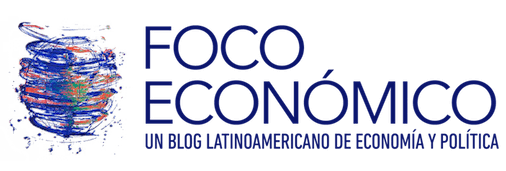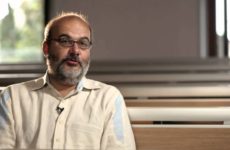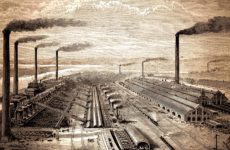Douglass C. North earned himself a place in the pantheon of the most influential social scientists of all times. In 1959-1960, North was a founder of cliometrics, a group of economic historians that systematically applied statistical methods and economic theory to the study of history. However, by the late 1960s, his ideas about institutions and their central role in the study of economics began to evolve and dominated his work. Later, during the 1970s, he was also a founder of the New Institutional Economics, a group of social scientists that expanded the reach of standard economic analysis by taking into account transactions costs, and the importance of institutions and organizations as critical determinants of social phenomena. It has had a strong effect on all of the social sciences, but its most remarkable influence is felt in political science and economics.
North was a pioneer in pointing out that institutions, understood as the set of formal and informal rules and constraints that structure life in societies, are a key determinant of the process of economic growth and development. In fact, “throughout history, institutions have been devised by human beings to create order and reduce uncertainty in exchange […], and history in consequence is largely a story of institutional evolution in which the historical performance of economies can only be understood as a part of a sequential story” (North 1991). Moreover, the institutional setup of a society in a particular moment in time can shape the way in which this society is going to evolve: “Institutions provide the incentive structure of an economy; as that structure evolves, it shapes the direction of economic change towards growth, stagnation, or decline” (North, 1991).
Once the importance of institutions was recognized, North set to understand the reasons why inefficient institutions persist, and, more broadly, the question of institutional change. This is the main theme of his work since the publication in 1981 of Structure and Change in Economic History. This led North to investigate both path dependence and transaction costs, achieving a theory of the State in which political systems do not inevitably evolve efficient institutions.
North’s work also makes an important distinction between institutions and organizations. Institutions are hard to define because the rules that apply include written laws, formal social conventions, informal norms of behavior, and shared beliefs about the world. In contrast, organizations are concrete. They are made up of specific groups of individuals pursuing a mix of common and individual goals through partially coordinated behavior. This way he opened a large venue to the possibility of a dynamic relationship between the interests and incentives facing the organizations and the structure of the rules of the game that govern their actions and interactions.
In North’s view, the most powerful and central organization in society is the state. Every society has to solve the fundamental problem of providing social order. Providing order is the primary function of a state. This requires that the state has coercive force. However, if the state has coercive force, then those who run the state may use that force in their own interests at the expense of the rest of society. Thus, the state emerges with the specialized use of violence. Specialists in the use of violence, however, also have the power to confiscate. Individuals therefore need to create institutions and organizations to control the violence specialist. The tension between the need to constrain the specialists and the need for efficient protection is a fundamental problem that people have to address.
Following his seminal work on the origin of institutions and their critical role in shaping economic systems, North lead his scholarly journey to study how both beliefs and ideological persuasions persist, and hence, make all institutional change incremental at best. This idea places a central role in Institutions, Institutional Change and Economic Performance (1990) and is the central focus of Understanding the Process of Economic Change (2005).
In his most recent work, Violence and Social Orders (2009, with Wallis and Weingast), North and his coauthors posed a conceptual framework to understand recorded human history. The salient feature of this work is the attempt to assemble an equilibrium theory of the State, and its role in shaping different social orders, through which we can understand the history of societies from primitive ones to modern developed societies.
Science in general progresses when curious people pose smart questions and go on to answer them. This is precisely what Douglass North has been doing during his entire and prolific academic career.
Douglass C. North was a great man, which I had the honor to get to know well. Co-recipient of the 1993 Nobel Memorial Prize in Economic Sciences and the Spencer T. Olin Professor Emeritus in Arts & Sciences at Washington University (WU) in St. Louis. Sadly, died Monday, Nov. 23, 2015, at his summer home in Benzonia, Mich. He was 95. Rest in Peace (RIP).
Based on the introduction to Institutions, property rights and economic growth: The legacy of Douglass North, Edited by S. Galiani and I. Sened, 2014, Cambridge University Press.
References:
North, Dougalss. 1981: Structure and Change in Economic History, Norton.
North, Douglass. 1990: Institutions, Institutional Change and Economic Performance, Cambridge University Press.
North, Douglass. 1991: “Institutions” in The Journal of Economic Perspectives, 5(1): 97-112.
North, Douglass. 2005: Understanding the Process of Economic Change, Princeton University Press.
Douglass North, John Wallis and Barry Weingast. 2009: Violence and Social Orders, Cambridge University Press.





















